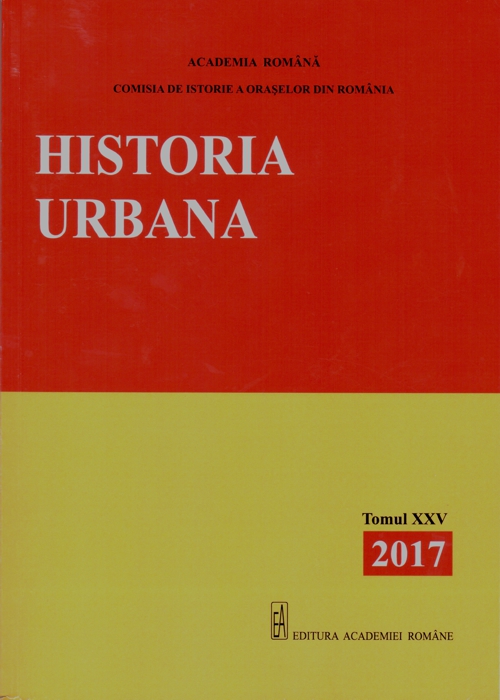Repere dispărute din topografia ecleziastică a Braşovului medieval: capela Corpus Christi şi claustrul franciscanilor observanţi
Lost Religious Landmarks of Medieval Braşov: The Corpus Christi Chapel and the Observant Franciscan Friary
Author(s): Mihaela Sanda SalontaiSubject(s): Architecture, 16th Century
Published by: Editura Academiei Române
Keywords: Observant Franciscans; chapel; hospital; suburb; friary; indulgence;
Summary/Abstract: This paper considers the information provided by written sources on the presence of the friars minor at Braşov (Kronstadt / Brassó) in the first quarter of the sixteenth century, attempting to identify the location of their medieval buildings. Up to the beginning of the sixteenth century the town had a single mendicant convent founded by the friars preachers on the north-east corner of the walled area. In 1507, King Vladislav II assigned the former Corpus Christi chapel of the hospital to the Observant Franciscans for the establishment of a house. The place was formally accepted the same year by the Order’s provincial chapter. From the very beginning the friars were faced with the hostility of the parish priest, the main reason consisting, apparently, in the selling of indulgences practiced by the brethren. Not only the large amount of money raised by the friars, who by the spring of 1511 were supposed to gather as many as a thousand florins, but also the chest for money which, according to written sources, was set up in their church for that purpose, as well as the royal protection enjoyed by the brethren suggest that the indulgence concerned the raise of funds for the new St. Peter’s basilica in Rome, initiated by Pope Julius II in 1507. According to a papal bull issued in 1508, the king of Hungary was allowed to keep two thirds from that money for the military expenditures of defense against the Turks. As indicated by the city accounts, the Franciscan friars were eventually expelled in 1529, and their buildings demolished in the summer of the same year. Two entries in the city accounts of 1520 concerning a payment made for the water draining from a house across the Observant friars in the upper suburb, reveal the location of the Franciscan friary outside the western city gate, so-called Porta Corporis Christi or Katharinenthor. Further hints provided by written sources, like the proximity to the city moats and to a fish pond, allow the assumption that the friary was located on the Corpus Christi street, perhaps on a plot of land that after the Reformation served as cemetery, and on which between 1790-94 a Lutheran church was built.
Journal: Historia Urbana
- Issue Year: XXV/2017
- Issue No: 25
- Page Range: 119-132
- Page Count: 15
- Language: Romanian
- Content File-PDF

